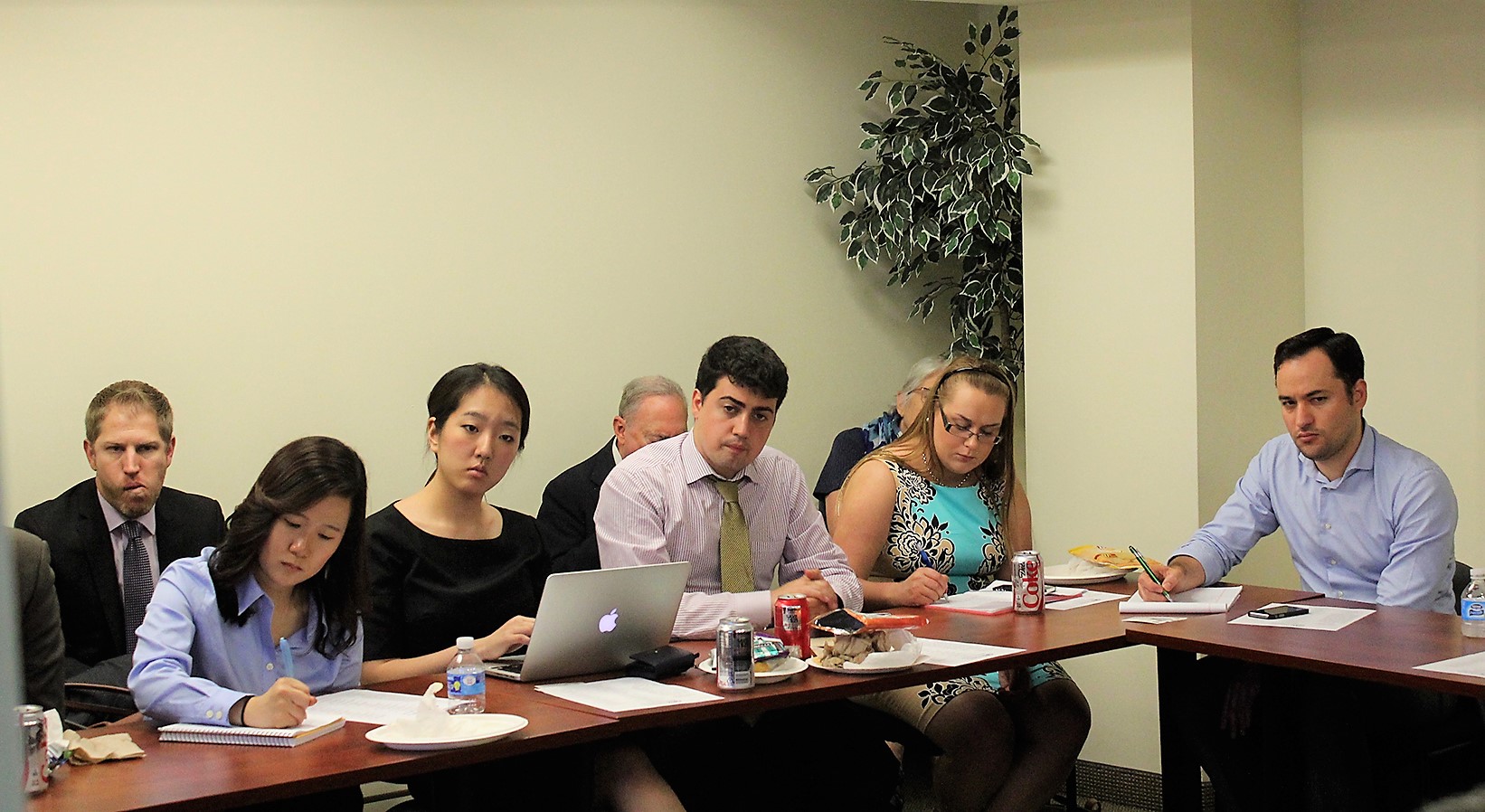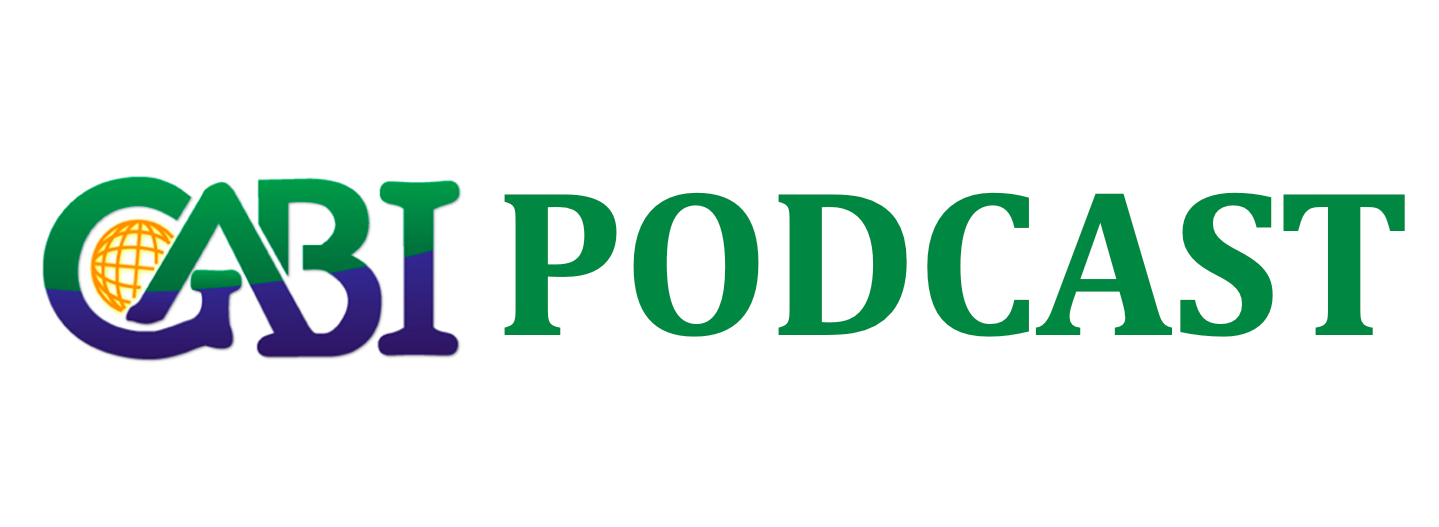Growth in renewable energy has shaken traditional notions of power distribution in the United States and globally. The traditional electric grid has many drawbacks—there are significant system inefficiencies and energy losses, limited one-way flow and communication, and inherent barriers to increased penetration of renewables and other generation sources. Drivers to reform aging grid infrastructure in many countries include carbon mitigation, cost control, and quality of service. The grid of the future will ideally be “smart” through automated sensors and controls and two-way flow and communication, highly resilient to extreme weather phenomena and physical/cyber attacks, and incorporate distributed energy resources (DER) such as micro-grids and energy storage. Such a grid would likely require concomitant changes to policy, regulatory, and utility models.







